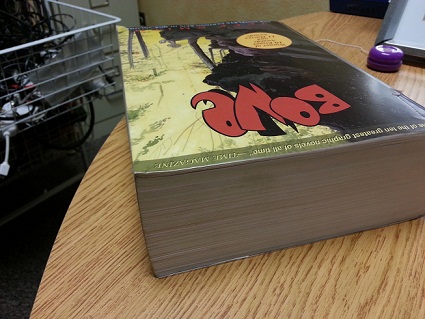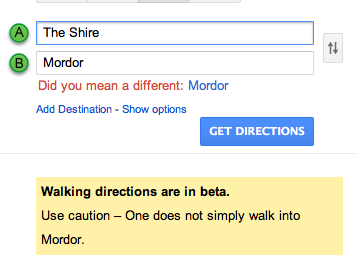I’ve been a fan of Kibuishi’s Amulet series since the first book and enjoy seeing more and more of the grand scale of the story. It’s still about the characters, with Emily and Navin developing more into their roles as heroes.
Where this one branches off, though, is in following Prince Trellis of the Elves for the majority of the narrative. We get to walk around in a trippy memory/dream sequence (signified by squiggly borders around the frames, obviously) and learn about the causes of the war with the elves. We do get to learn more about the actual amulet, which is great because some of my suspicions from the first book are finally starting to play out.
Side note: We use the SpringBoard curriculum in our district and this graphic novel ties in with the angle analysis in the unit for The Giver. The perspectives that Kibuishi uses are definitely on purpose to communicate mood and focus.
The artwork is amazing and always captures both the awe and panic of the setting and plot in such vivid detail. My only complaint is the length between each book’s release. After having worked my way through Bone and enjoying the seamless continuity, I miss Amulet‘s flow and found myself wondering, “Who’s that bearded guy? I’m sure I would have remembered such an awesome beard.” Amulet will translate really well into one giant book when it’s all said and done, though, so it’s no big fault on Kibuishi’s part.



